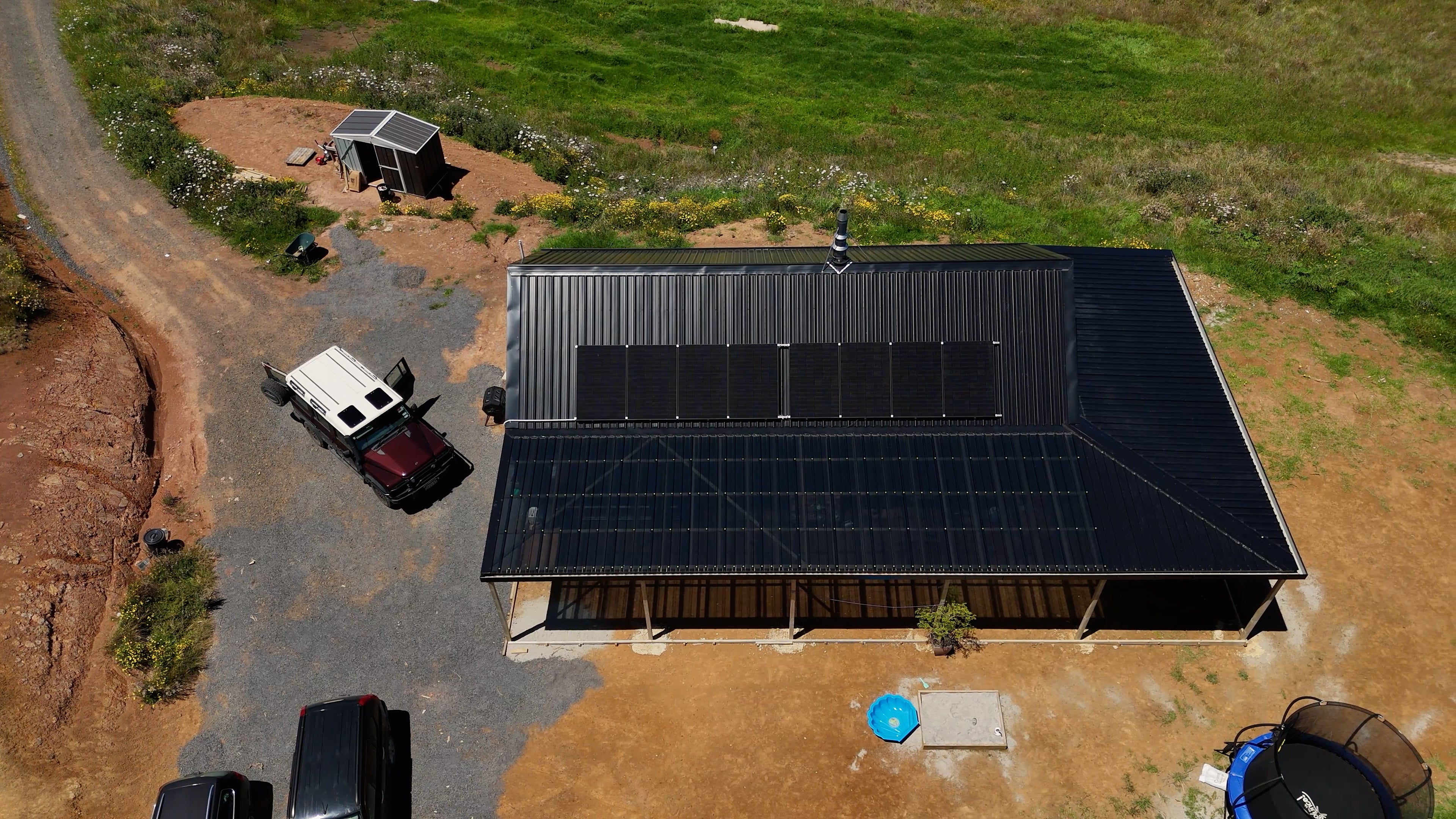The Tiny House Pro | Off-Grid Solar System
Regular price
$9,500 NZD
Sale price
$9,500 NZD
More help?
The Tiny House Pro | Off-Grid Solar System








The Tiny House Pro | Off-Grid Solar System
The Tiny House Solar Kit is a complete off-grid solar kit, designed for tiny house owners needing to optimise power with space restraints. Tested by our solar experts and customers, it's proven to be the ultimate choice for tiny homes, with enough solar panels for tiny house owners to get the power they need.

Lights
Small Kitchen Appliances
Efficient Fridge Freezer
Phone Charger

Laptop Charger

Demand Pumps
Product Reviews
Our guides
You will find our helpful guides in the More Specs section under the Downloads drop down menu. Our guides are especially made for each solution. The Installation Guide contains step-by-step instructions for setting up your system.








